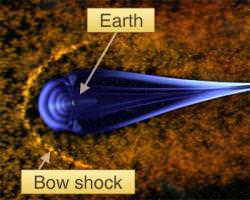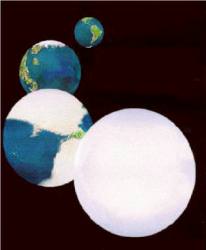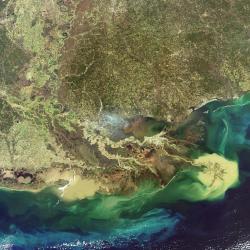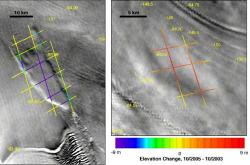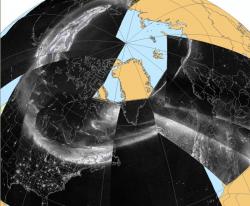ESA’s Cluster spacecraft were at the right place at the right time to encounter a very special event: the Earth’s bow shock – a wave that forms where the solar wind buffets the magnetosphere – breaking and reforming. This situation was predicted in theory more than 20 years ago, but scientists had never seen it happening in space, until now.
The event occurred on January 24, 2001, when the four spacecraft that make up the Cluster formation were flying at an altitude of 105,000 km above the Earth. Each spacecraft was separated by a distance of about 600 km, allowing them to see space weather events at different times and places. As they approached the bow shock region, scientists expected they’d see roughly the same thing.
Instead, each spacecraft saw large fluctuations in its readings. The magnetic and electric fields were breaking and then reforming further out, like waves build up and crash on shore, and then reform again further out to sea.
Although rare in the Solar System, these kinds of events are very common in the Universe. Photos from Hubble have shown bow shocks form when the intense radiation from young stars blasts into the surrounding stellar nebula.
Original Source: ESA News Release

